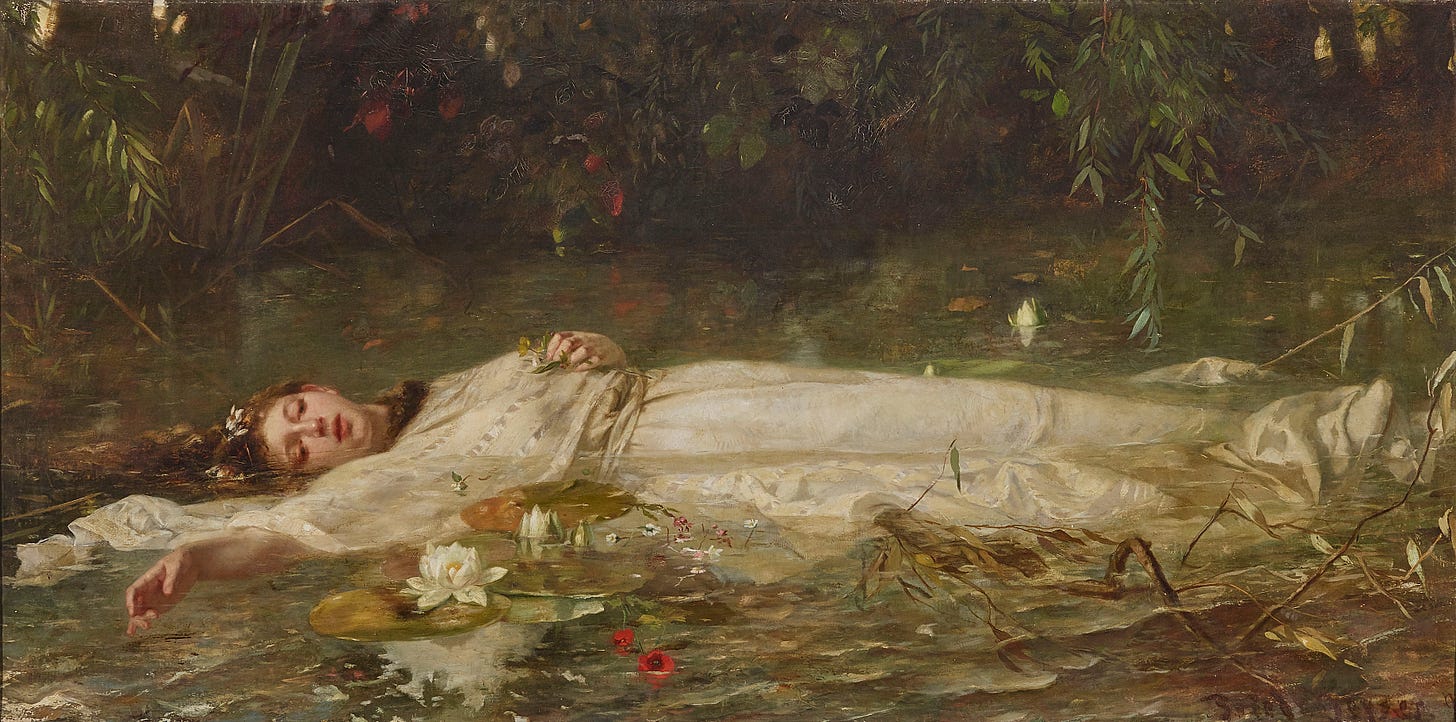
Today’s Poem is a romantic embrace of suicide — in my view, the most beautiful suicide poem in the English language. Poems Ancient and Modern could have presented the poem in any season, simply because E.A. Robinson’s 1897 work is superior verse, and the beginning of an adult critical sense is the ability to judge that something is good of its kind, even if you don’t much like the kind.
But art is in a peculiar and dangerous position these days. This week, over 17,000 artists and activists signed an open letter demanding that Israeli artists be excluded from the Venice Biennale festival in Italy, simply because they are Israelis. And even while that attempt at censorship is launched, other artists proclaim how brave they are for art on certain pet causes, violating taboos that no one has enforced for decades and everyone they know already mocks. There is no real cost to such stands.
So let’s use a harder, less self-congratulatory case o…
Keep reading with a 7-day free trial
Subscribe to Poems Ancient and Modern to keep reading this post and get 7 days of free access to the full post archives.



